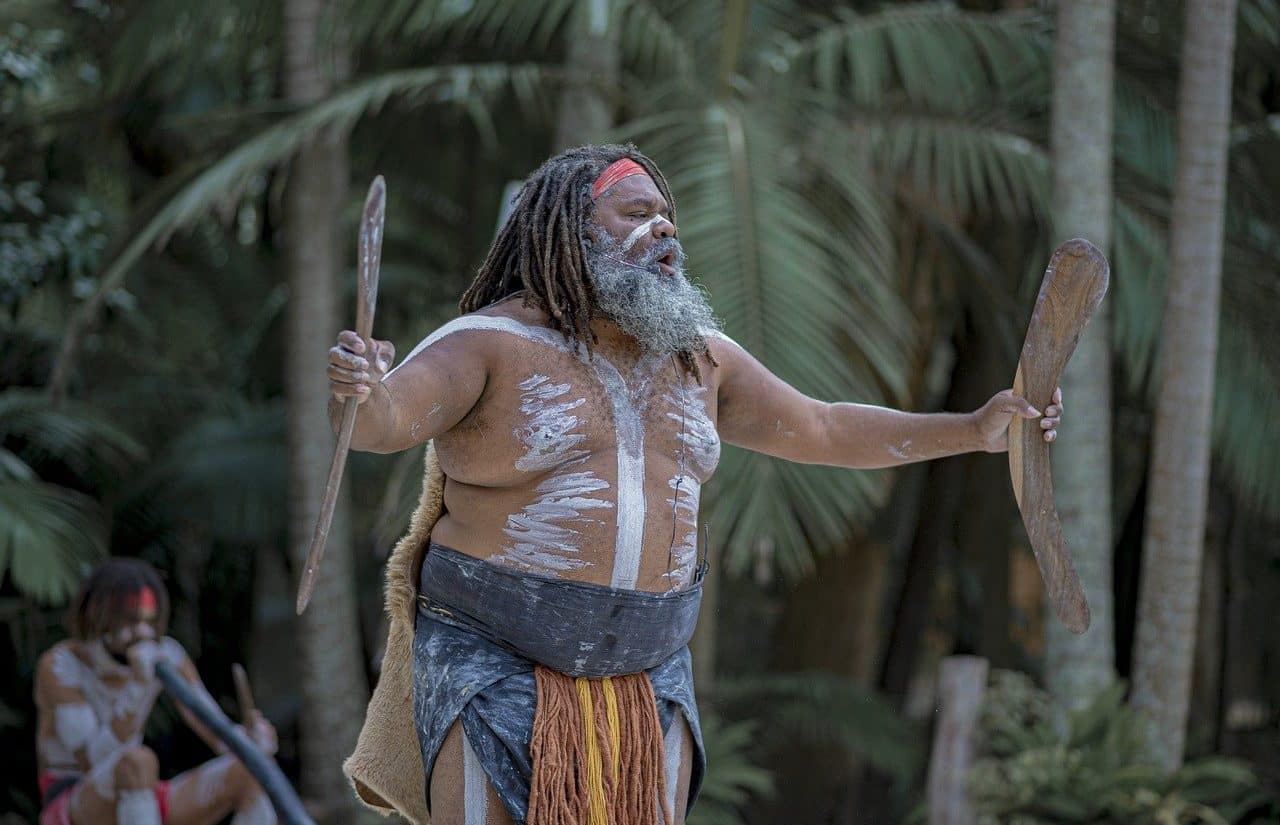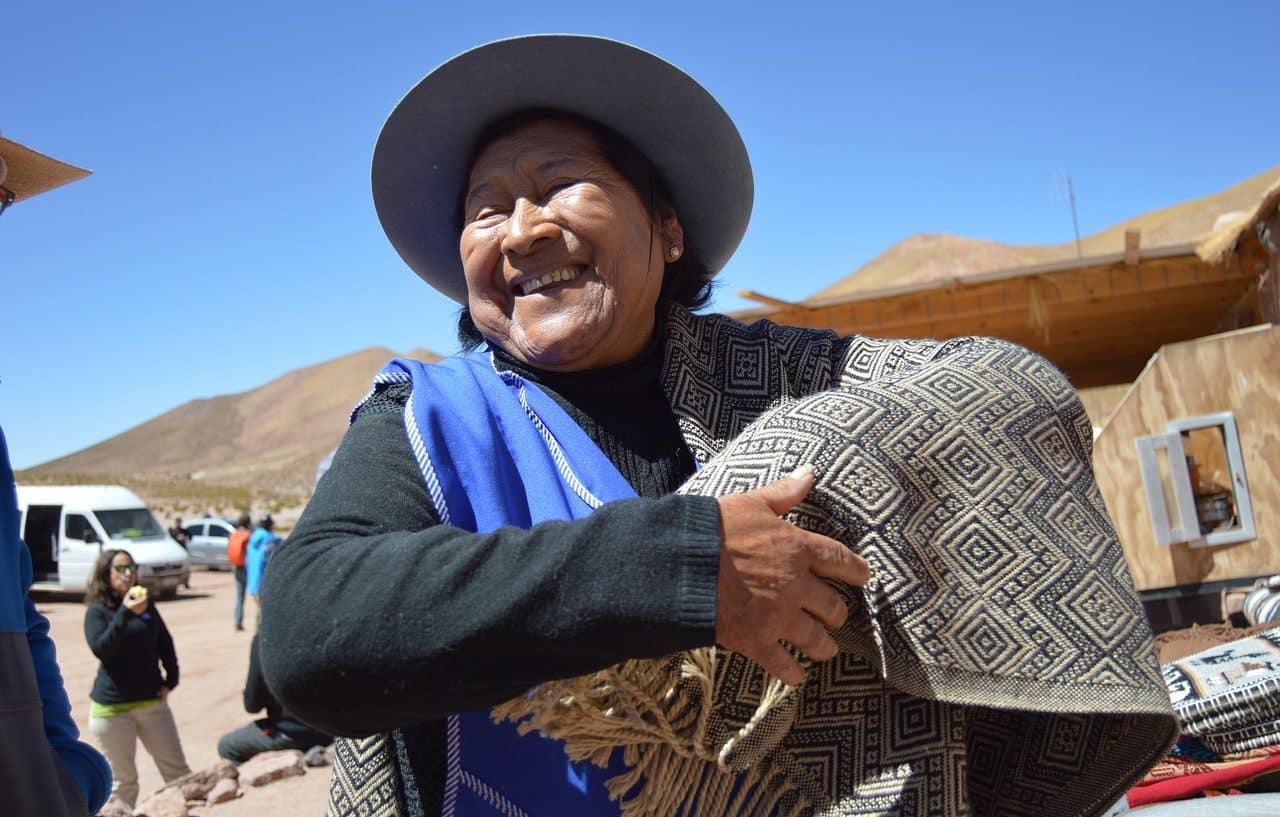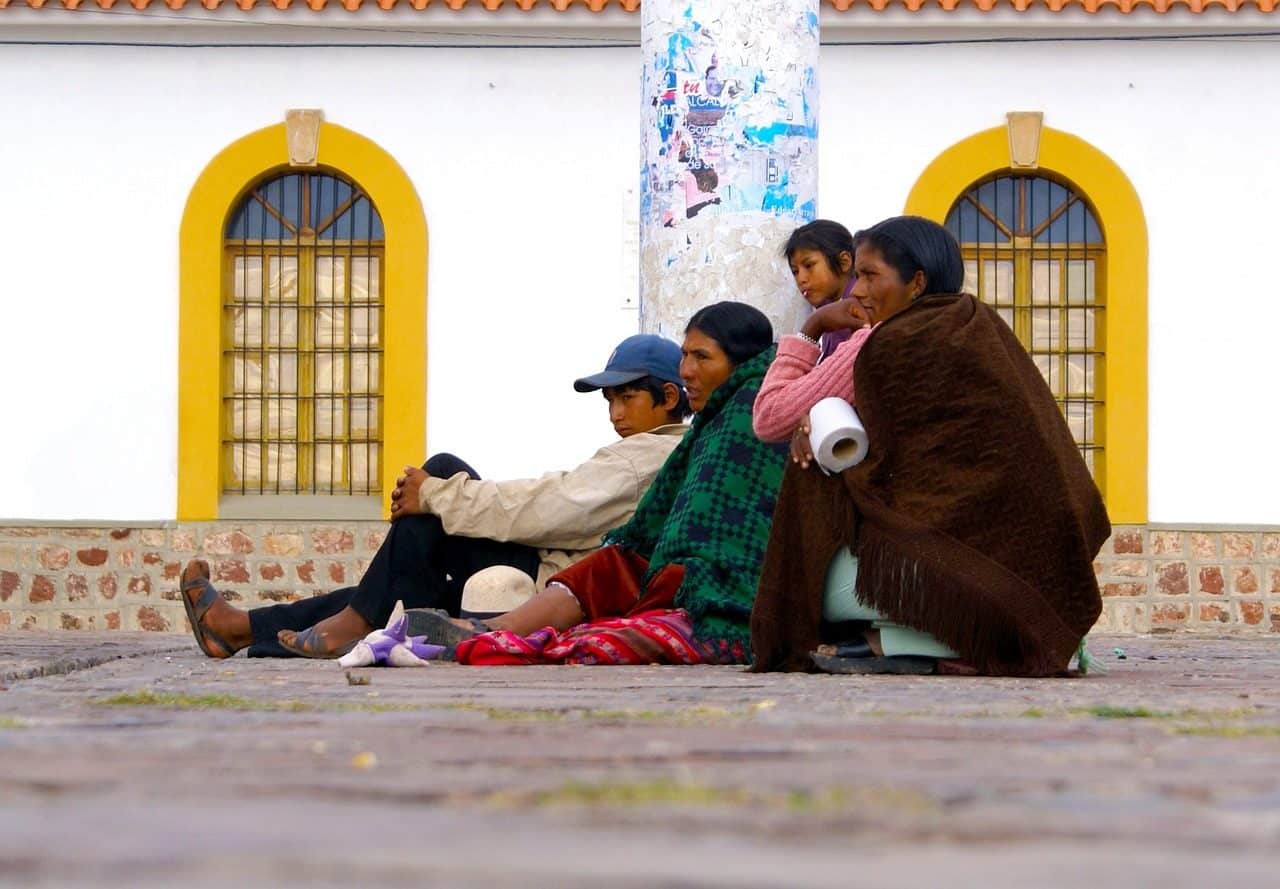
Acculturation attacks indigenous languages.
Indigenous languages are the languages spoken by Aboriginal people . These are languages that are native to a region and that native communities use to communicate.
Indigenous languages are considered to be much more than a communicative resource. These are knowledge systems and social integration mechanisms that contribute to the group's identity and allow everything from the transmission of its ideas to the preservation of its culture and history.
Characteristics of indigenous languages
Indigenous languages are a symbol of belonging . Its development is inextricably associated with the territory, reflecting the situation of the group of speakers.
It is important to indicate that the beliefs, values and general knowledge of indigenous peoples derive from their link with the natural environment . Languages, in this framework, are a product of that bond. By describing their environment, they construct their linguistic specificity.
The modification of the natural environment (due to the advance of urbanization or industrialization, for example), thus affects language and culture. Thus, preserving the environment is also preserving the language.

Intercultural bilingual education is key to the preservation of indigenous languages.
Current situation
According to the United Nations Educational, Scientific and Cultural Organization ( UNESCO ), there are about 6,700 indigenous languages around the planet. It is estimated that 40% of these languages are at risk of disappearance due to discrimination, assimilation and illiteracy , among other factors.
Given that the disappearance of an indigenous language is a very important cultural loss that implies that there are fewer worldviews and ways of understanding the world, the UN emphasizes that it is necessary to work for the preservation of these languages. In this sense, the organization declared 2019 as the International Year of Indigenous Languages to promote awareness and promote joint actions to improve the quality of life of speakers.
According to the UN , indigenous languages are essential for the social cohesion of peoples. It is a resource that contributes to sustainable development and peace.
If we focus on Latin America , the existence of 522 indigenous peoples who speak 420 languages is recognized in the region . Statistics indicate that 103 of these languages are cross-border because they are used in two or more countries. The case of Bolivia is interesting, whose Constitution declares 37 languages as official, including Aymara , Guaraní and Quechua .

Many times the social prestige of indigenous languages is low.
Examples of indigenous languages
Aymara is an example of an indigenous language. Also mentioned as Aymara , it has numerous variants spoken in Bolivia , Peru , Argentina and Chile .
Aymara is an official language in Bolivia and Peru . An example of its historical relevance is that, in 1816 , the Declaration of Independence of the United Provinces of the Río de la Plata was written in Spanish, Aymara and Quechua.
Quechua is precisely another example of an indigenous language. In reality it is a linguistic family whose variants are spoken in Bolivia , Peru , Ecuador , Colombia , Chile and Argentina . It should be considered, however, that there are specialists and entities that consider that Quechua is a single language and that the variants are dialects.
Guaraní is also an indigenous language with a wide presence in Latin America . It is estimated to be spoken by about 9 million people in Paraguay , Bolivia , Brazil and Argentina . Guaraní is one of the three official languages of the Southern Common Market ( Mercosur ), along with Spanish and Portuguese.
In Oceania , we also find many indigenous languages. Tiví , Pitjantjatjara and Arrernte are some examples.
Main threats
Indigenous languages are threatened by a multiplicity of factors. As we already indicated, these languages are associated with the territory and arise from the interaction of people with their environment; Therefore, climate change and undertakings such as mining operations or the construction of a dam imply a risk for them.
The State also tends to attack the conservation of indigenous languages. There are countries that, for example, deny communities their status as indigenous populations. It is common for authorities to consider these languages as dialects , which devalues them compared to national and official languages.
Being a minority, these people are generally not taken into account in state policies . Thus, the preservation of the language is not considered appropriately.
On the other hand, many governments tend to seek homogeneity and reject diversity . This persecution includes, at times, the detention of indigenous people for the defense of their territory and their customs.
Historical and social issues cannot fail to be mentioned as well. In the colonization of America by Europeans, the conquistadors sought to eliminate these languages. Currently, on the other hand, indigenous parents usually encourage their descendants to communicate in the dominant language since they believe that this will allow them to progress. When the indigenous language ends up being spoken only by adults, intergenerational dialogue becomes difficult .
Defense of indigenous languages
Faced with all these issues, there are those who defend and promote multilingualism and the linguistic revitalization of peoples. Indigenous languages are part of the intangible cultural heritage and are essential for the conservation of ethnic identity, the indigenous worldview, folklore and oral tradition .
With languages endangered, indigenous knowledge systems are at risk . That is why linguistic activism is transcendental.
